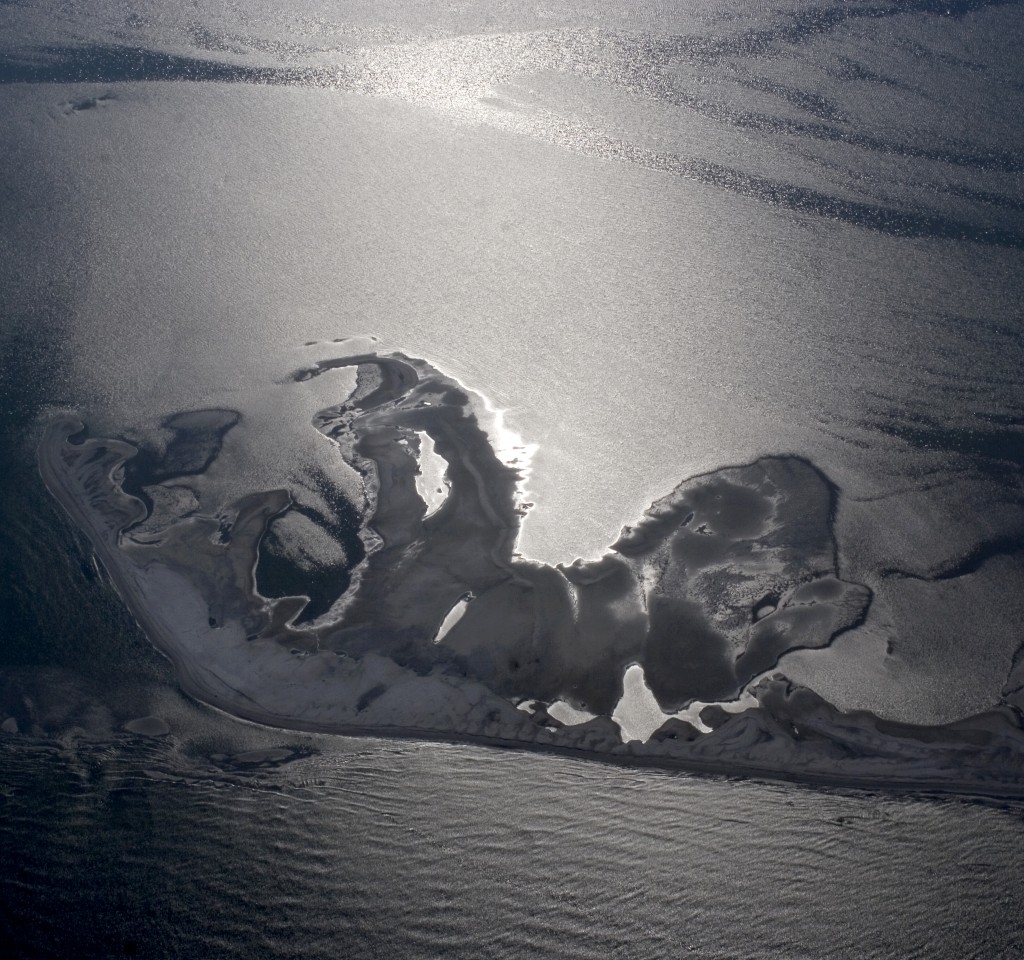
Fade to Black :: Cover Story :: Article :: Philadelphia City Paper
GABRIEL RISING
SYNOPSIS
“What
we have is the possibility of a new world order.”
- Father Doug Doussan
Gabriel Rising tells the story
of the restoration and transformation of a historic African American
neighborhood in New Orleans after Hurricane Katrina, guided and led
by the priest and nun at the local Roman Catholic parish. It also
tells the story of a group of volunteers who themselves were
transformed by the experience of doing reconstruction in the church
and helping parishioners gut and rebuild their homes.
Gentilly, in the Upper Ninth
Ward, was between 3 and 11 feet of water for three weeks. Every
single parishioner, as well as pastor Fr. Doug Doussan and pastoral
associate Sr. Kathleen Pittman, lost their homes. Many of the church
members are natives of Ponchartrain Park, a development of
single-family homes built for African Americans in the 1950s and
early 1960s.
Ponchartrain Park is a place of
deep pride and old neighbors, where many residents are the original
owners or their homes. Fr. Doug and Sr. Kathleen, both white
Louisiana natives, refused to let the church lay dormant while
waiting to see if any residents came back. Instead, they embarked on
a remarkable effort to propel the neighborhood’s
revitalization, sublimating their own early doubts and putting their
faith and trust in God.
The film asks the question of
what truly creates community? What is the meaning of home? What can
we as human beings and citizens learn from each other about our
response to tragedy? Unlike most stories told in the aftermath of
Katrina, this is a story of resilience, hope and determination. It’s
not just about rebuilding, not just about overcoming adversity, It’s
about people, fueled by faith and love, culture and trust in each
other, who experienced disaster and found opportunity.
Along with the stories of the
residents’ efforts and struggles, the film presents the often
overlooked experience of the volunteers on whose backs the city is
being rebuilt. Nearly 2 million volunteers, and numbers increasing
daily, have flocked to New Orleans to stand in solidarity with the
residents, and show that across state lines, and thousands of miles,
we are neighbors. The outpouring suggests an evolving definition of
community, as bonds have formed across race, class, culture and
geography. The volunteers, too, have had their doubts: shouldn’t
the government be doing this? Is it sensible to help people rebuild a
house on a block still pockmarked with empty shells? Seen through
the eyes of an Interfaith Community Building Group from Philadelphia,
Gabriel Rising documents the deepening of their relationships with
the people of St. Gabriel's parish and their reactions to both the
ongoing devastation and the cathartic moments of triumph in the lives
of their gracious new friends, who seem so often able to celebrate
most at the very times when the most seems lost. After their time in
New Orleans, many of the volunteers left with the clear awareness
that they were the ones who had been touched and helped most deeply.
What emerges from the ashes are new models of civic engagement that
hold forth an opportunity for the creation of something better, what
Fr. Doug calls, “the possibility of a new world order.”
Good will alone cannot assure government accountability, corporate
efficiency and the injection of compassion into our bureaucratic
systems, but personal initiative, a profoundly developed sense of
community responsibility, and a commitment to our common humanity can
protect that which is most precious to us as people. Emerging from
these critical times, it may further be able to inform larger polices
that adjust to this mutual transformation.
